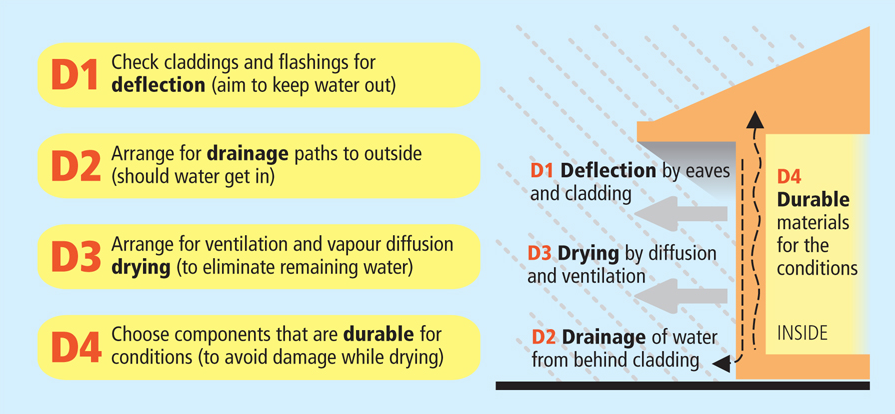'Leaky Building Syndrome' describes when water penetrates the building envelope and is held between the interior and exterior skins. Fungal growth then literally eats away the wall materials.
The building types found to be most affected generally appear to be new construction using monolithic cladding systems (NZ Parliamentary Background Briefing Note page 3) which compromise water management. The most common problem in NZ & Canada seems to be light weight panel fixed to the framing, with a waterproof skin but without a fully functioning cavity system.
Some modern systems overlook the fact that water accumulates in the wall cavity from condensation due to widespread use of air conditioning and heating. Less common but more serious, accidental events such as plumbing leaks or flooding should not be overlooked in designing a healthy wall. Finally diffusion of moisture from the interior of the home out through the interior skin is considered important by some sources.
Costs to repair these problems were estimated in 2002, by government enquiries, in NZ, at NZ$1.8Billion, and in BC Canada, at C$3Billion, or C$23,000 per home (from Background note to members of NZ Parliament 6/11/2003) .
A carefully designed cavity system incorporating drainage and ventilation is still the best insurance against inevitable moisture penetration. The 4 Ds of Weather Tightness (Deflection, Drainage, Drying and Durability) are reflected in the latest standards for external cladding and wall design in NZ, USA & Canada.
